syn·site
The future of dynamic, decentralized, and immersive digital spaces.
Decentralized: syn-site operates as a decentralized metaverse, bridging physical and digital realms. This dynamic space, where reality's boundaries blur, allows seamless transitions between real-world locations and virtual environments. Reminiscent of blockchain's decentralization, syn-site encapsulates simultaneous experiences, embodying the coexistence, evolution, and interaction of diverse elements within a networked space.
Agile: syn-site embodies agility. Like a living, breathing entity, it thrives on change and evolution, much like an Agile development team. A syn-site integrates various participants, locations, and perspectives to achieve common goals, adapting and responding to shifts in environments and conditions.
Boundaryless: syn-site exemplifies a boundaryless platform, a site where traditional barriers dissolve. It evolves continuously, adapting and reshaping itself, incorporating new components, and reconfiguring existing ones. Its boundaryless nature empowers users, encouraging active participation and co-creation within this decentralized domain.
Syn-site is not just a place, it's an experience! It marries the power of blockchain technology, the adaptability of Agile methodologies, and the boundaryless nature of modern platforms. Syn-site represents the future of spatial interaction, a quantum leap in the evolution of digital spaces. Welcome to Syn-site, where every place, thought, or dream you've ever had can coexist, interact, and create new experiences. It's not just a site, it's a universe!
The future of dynamic, decentralized, and immersive digital spaces.
Decentralized: syn-site operates as a decentralized metaverse, bridging physical and digital realms. This dynamic space, where reality's boundaries blur, allows seamless transitions between real-world locations and virtual environments. Reminiscent of blockchain's decentralization, syn-site encapsulates simultaneous experiences, embodying the coexistence, evolution, and interaction of diverse elements within a networked space.
Agile: syn-site embodies agility. Like a living, breathing entity, it thrives on change and evolution, much like an Agile development team. A syn-site integrates various participants, locations, and perspectives to achieve common goals, adapting and responding to shifts in environments and conditions.
Boundaryless: syn-site exemplifies a boundaryless platform, a site where traditional barriers dissolve. It evolves continuously, adapting and reshaping itself, incorporating new components, and reconfiguring existing ones. Its boundaryless nature empowers users, encouraging active participation and co-creation within this decentralized domain.
Syn-site is not just a place, it's an experience! It marries the power of blockchain technology, the adaptability of Agile methodologies, and the boundaryless nature of modern platforms. Syn-site represents the future of spatial interaction, a quantum leap in the evolution of digital spaces. Welcome to Syn-site, where every place, thought, or dream you've ever had can coexist, interact, and create new experiences. It's not just a site, it's a universe!
SYN (along with, at the same time | from Greek SYN, with | ~SYNTHETIC) + SITE (N: point of event, occupied space, internet address; V: to place in position | from Latin SITUS, location, idleness, forgetfulness | ~WEBSITE ¬cite ¬sight), cf. SITE/NON-SITE (from Robert Smithson, A PROVISIONAL THEORY OF NONSITES, 1968)
Feeling far away from what we want tells us one of two things about our work: that we are at the beginning or that we have forgotten where we are going.
Feeling far away from what we want tells us one of two things about our work: that we are at the beginning or that we have forgotten where we are going.
Feeling far away from what we want tells us one of two things about our work: that we are at the beginning or that we have forgotten where we are going.
Gardening techniques
Learning and memory are by default automatic processes; their efficacy is proportional to the relevance that the thing to be learned has to your life (frequency, neurons firing together, synaptic pruning, interconnections, etc.). You could say that this relevance acts as filter for incoming information.
There are reasons why you might want to sneak information past this filter ("artificial learning"):
To learn abstract knowledge that is far removed from daily life (e.g. math). This is done using analogies, mnemonics, examples, anthropomorphism, etc.
To interfere with the process of "natural learning" with the goal of improving learning mechanisms, for example when learning a skill like playing the piano. This is done using deliberate practice, analysis, etc.
See these methods as gardening techniques. We either let the garden of the mind grow naturally or we sculpt it deliberately.
Gardening techniques
Learning and memory are by default automatic processes; their efficacy is proportional to the relevance that the thing to be learned has to your life (frequency, neurons firing together, synaptic pruning, interconnections, etc.). You could say that this relevance acts as filter for incoming information.
There are reasons why you might want to sneak information past this filter ("artificial learning"):
To learn abstract knowledge that is far removed from daily life (e.g. math). This is done using analogies, mnemonics, examples, anthropomorphism, etc.
To interfere with the process of "natural learning" with the goal of improving learning mechanisms, for example when learning a skill like playing the piano. This is done using deliberate practice, analysis, etc.
See these methods as gardening techniques. We either let the garden of the mind grow naturally or we sculpt it deliberately.
Gardening techniques
Learning and memory are by default automatic processes; their efficacy is proportional to the relevance that the thing to be learned has to your life (frequency, neurons firing together, synaptic pruning, interconnections, etc.). You could say that this relevance acts as filter for incoming information.
There are reasons why you might want to sneak information past this filter ("artificial learning"):
To learn abstract knowledge that is far removed from daily life (e.g. math). This is done using analogies, mnemonics, examples, anthropomorphism, etc.
To interfere with the process of "natural learning" with the goal of improving learning mechanisms, for example when learning a skill like playing the piano. This is done using deliberate practice, analysis, etc.
See these methods as gardening techniques. We either let the garden of the mind grow naturally or we sculpt it deliberately.
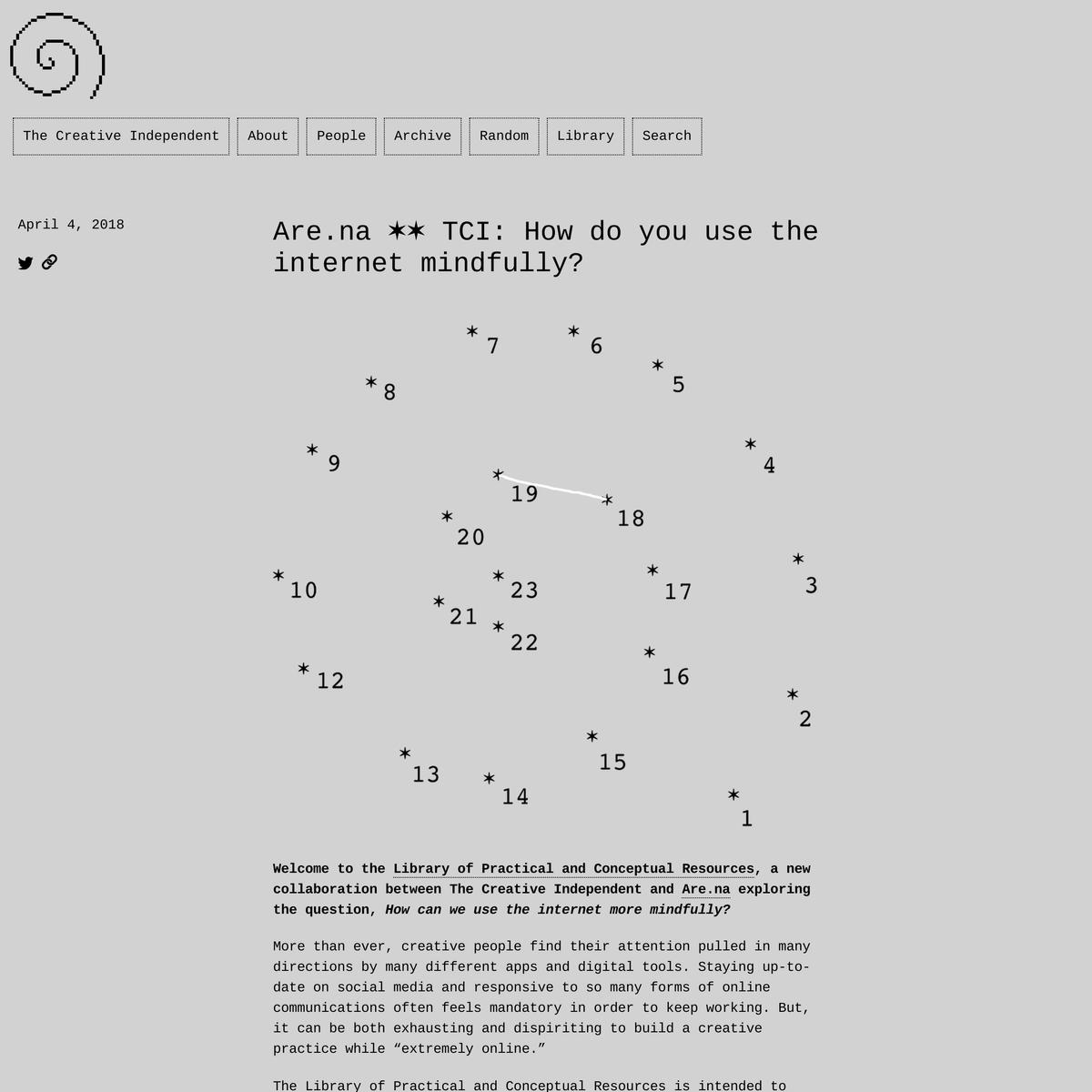


Experiencing technology as a kind — but only one kind — of revealing, and seeing man’s essential place as one that is open to different kinds of revealing frees us from “the stultified compulsion to push on blindly with technology or, what comes to the same, to rebel helplessly against it and curse it as the work of the devil.”
Experiencing technology as a kind — but only one kind — of revealing, and seeing man’s essential place as one that is open to different kinds of revealing frees us from “the stultified compulsion to push on blindly with technology or, what comes to the same, to rebel helplessly against it and curse it as the work of the devil.”
Experiencing technology as a kind — but only one kind — of revealing, and seeing man’s essential place as one that is open to different kinds of revealing frees us from “the stultified compulsion to push on blindly with technology or, what comes to the same, to rebel helplessly against it and curse it as the work of the devil.”
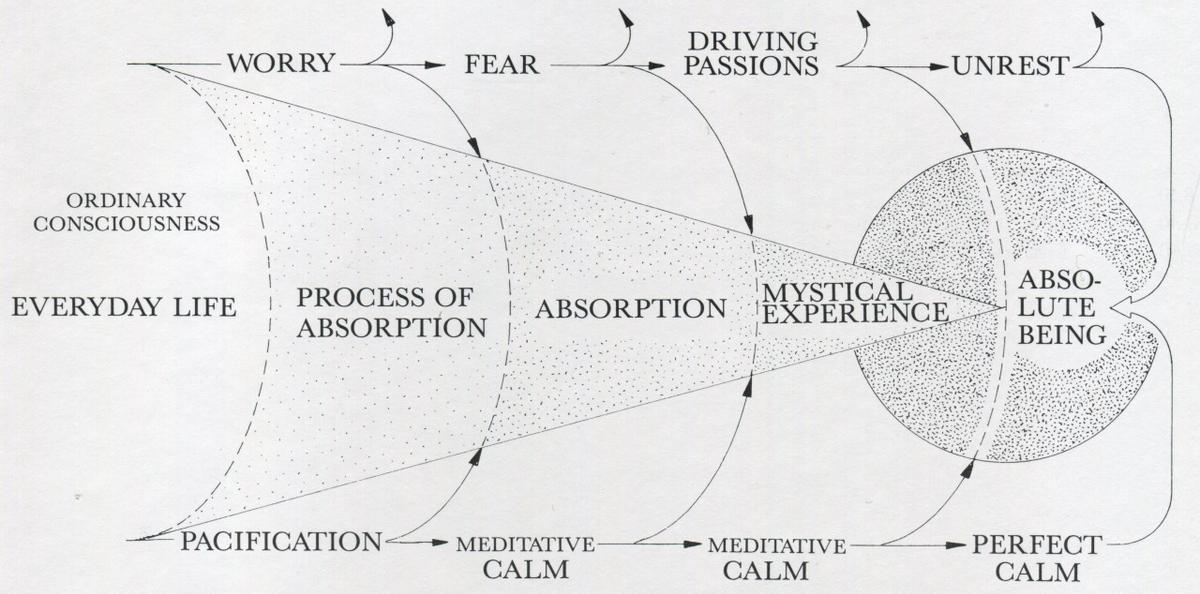


apophenia...drawing connections and conclusions from sources with no direct connection other than their indissoluble perceptual simultaneity. This apophenia, a seeing of patterns where there is actually only noise, is neither a failure of imagination nor a virtue, but rather an unavoidable qualification of our predicament and its (only partially decipherable) aftermath.
apophenia...drawing connections and conclusions from sources with no direct connection other than their indissoluble perceptual simultaneity. This apophenia, a seeing of patterns where there is actually only noise, is neither a failure of imagination nor a virtue, but rather an unavoidable qualification of our predicament and its (only partially decipherable) aftermath.
apophenia...drawing connections and conclusions from sources with no direct connection other than their indissoluble perceptual simultaneity. This apophenia, a seeing of patterns where there is actually only noise, is neither a failure of imagination nor a virtue, but rather an unavoidable qualification of our predicament and its (only partially decipherable) aftermath.
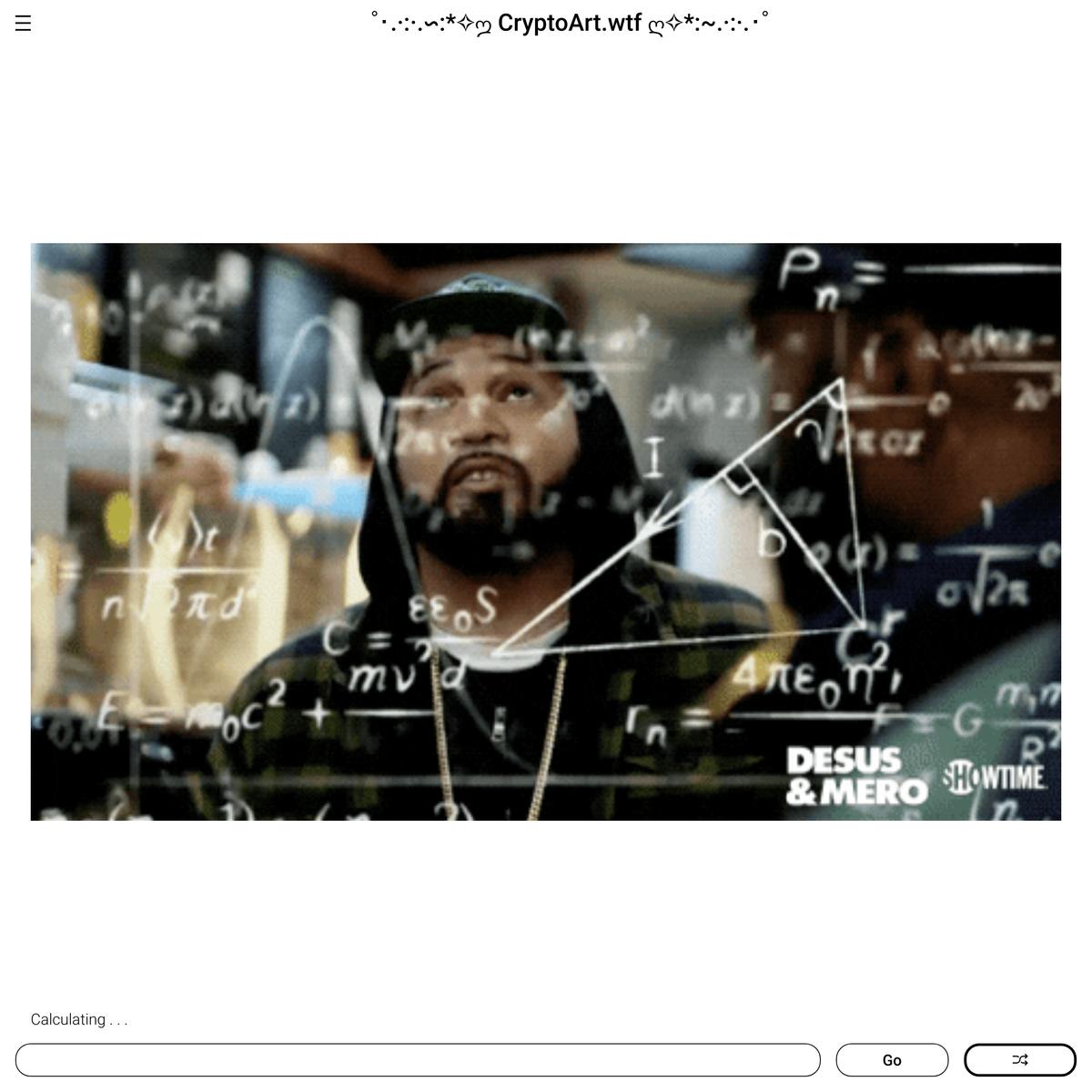


If the Web and the Net can be viewed as spaces in which we will increasingly live our lives, the economic laws we will live under have to be natural to this new space. These laws turn out to be quite different from what the old economics teaches, or what rubrics such as "the information age" suggest. What counts most is what is most scarce now, namely attention. The attention economy brings with it its own kind of wealth, its own class divisions - stars vs. fans - and its own forms of property, all of which make it incompatible with the industrial-money-market based economy it bids fair to replace. Success will come to those who best accommodate to this new reality.
If the Web and the Net can be viewed as spaces in which we will increasingly live our lives, the economic laws we will live under have to be natural to this new space. These laws turn out to be quite different from what the old economics teaches, or what rubrics such as "the information age" suggest. What counts most is what is most scarce now, namely attention. The attention economy brings with it its own kind of wealth, its own class divisions - stars vs. fans - and its own forms of property, all of which make it incompatible with the industrial-money-market based economy it bids fair to replace. Success will come to those who best accommodate to this new reality.
If the Web and the Net can be viewed as spaces in which we will increasingly live our lives, the economic laws we will live under have to be natural to this new space. These laws turn out to be quite different from what the old economics teaches, or what rubrics such as "the information age" suggest. What counts most is what is most scarce now, namely attention. The attention economy brings with it its own kind of wealth, its own class divisions - stars vs. fans - and its own forms of property, all of which make it incompatible with the industrial-money-market based economy it bids fair to replace. Success will come to those who best accommodate to this new reality.
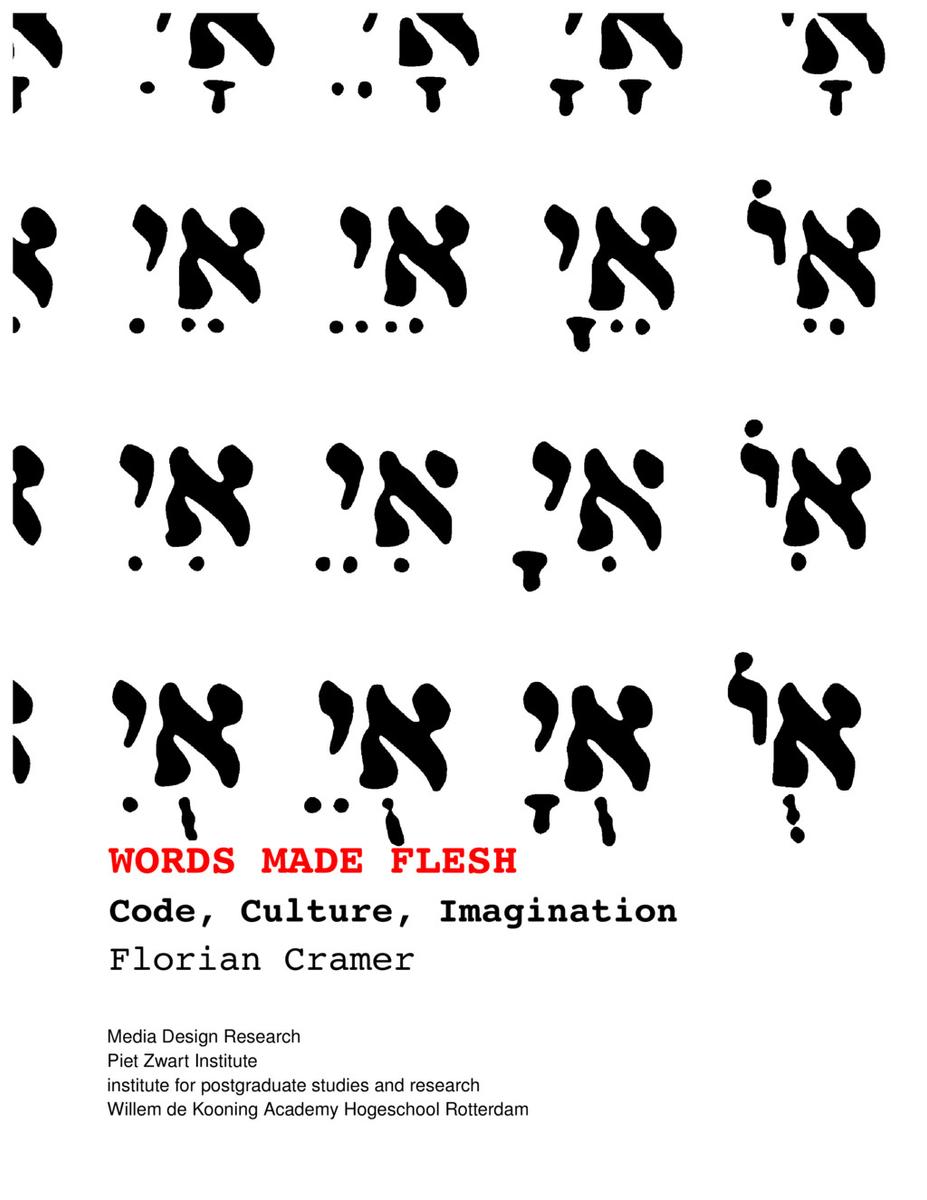


Understand the box and you understand the behaviour. Design the right box and you can control behaviour.
...
When you’re feeling uncertain, before you ask why you’re uncertain, you Google. When you’re lonely, before you’re even conscious of feeling it, you go to Facebook. Before you know you’re bored, you’re on YouTube. Nothing tells you to do these things. The users trigger themselves.
Understand the box and you understand the behaviour. Design the right box and you can control behaviour.
...
When you’re feeling uncertain, before you ask why you’re uncertain, you Google. When you’re lonely, before you’re even conscious of feeling it, you go to Facebook. Before you know you’re bored, you’re on YouTube. Nothing tells you to do these things. The users trigger themselves.
Understand the box and you understand the behaviour. Design the right box and you can control behaviour.
...
When you’re feeling uncertain, before you ask why you’re uncertain, you Google. When you’re lonely, before you’re even conscious of feeling it, you go to Facebook. Before you know you’re bored, you’re on YouTube. Nothing tells you to do these things. The users trigger themselves.
The American Psychological Association defines attention as “a state in which cognitive resources are focused on certain aspects of the environment rather than on others.”
The American Psychological Association defines attention as “a state in which cognitive resources are focused on certain aspects of the environment rather than on others.”
The American Psychological Association defines attention as “a state in which cognitive resources are focused on certain aspects of the environment rather than on others.”



It’s not about the data or even access to the data. It’s about getting information from the truckloads of data … Developers, please help! We’re drowning (not waving) in a sea of data—with data, data everywhere, but not a drop of information.
It’s not about the data or even access to the data. It’s about getting information from the truckloads of data … Developers, please help! We’re drowning (not waving) in a sea of data—with data, data everywhere, but not a drop of information.
It’s not about the data or even access to the data. It’s about getting information from the truckloads of data … Developers, please help! We’re drowning (not waving) in a sea of data—with data, data everywhere, but not a drop of information.
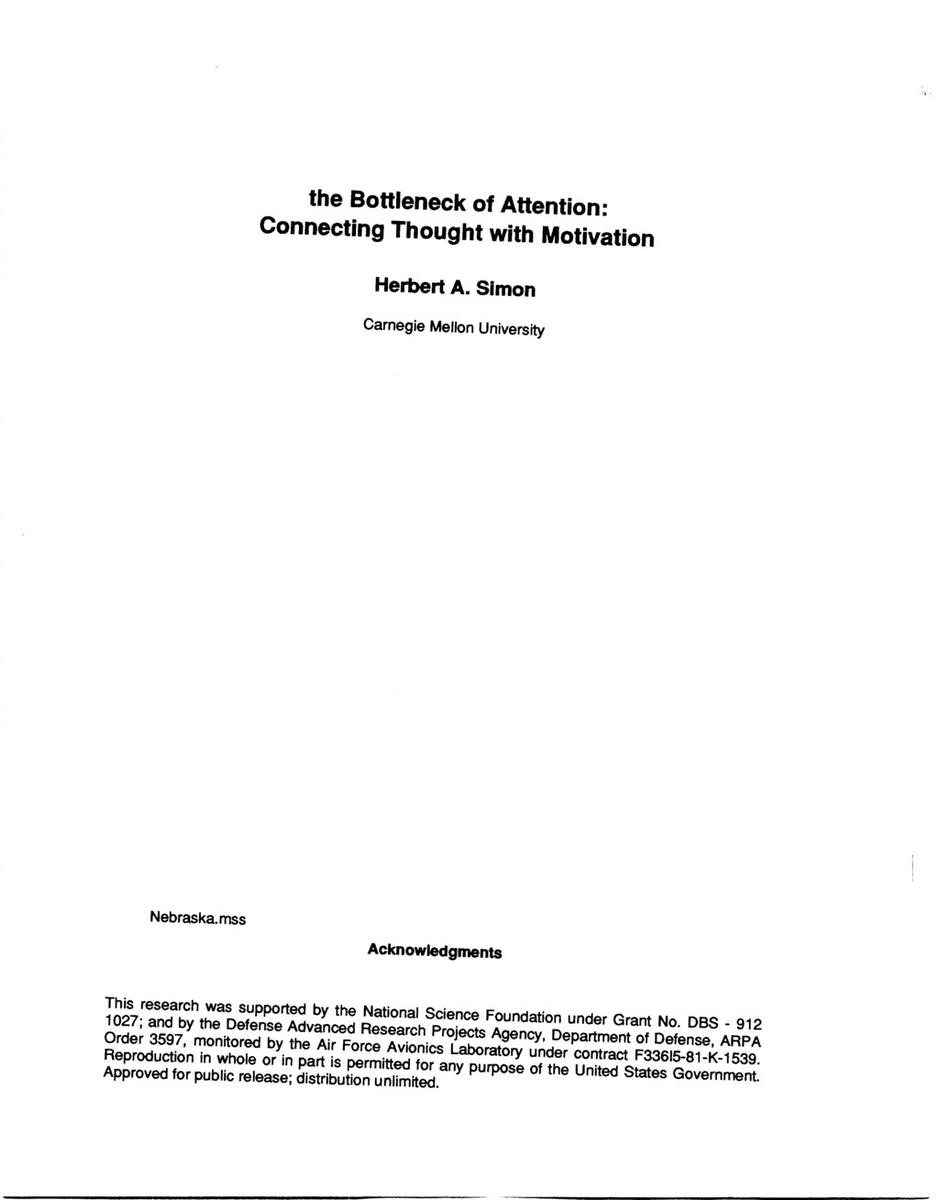


What is Imagination?
1. The combining faculty [which] seizes points in common, between subjects having no apparent connection...
2. Imagination is the Discovering Faculty, pre-eminently. It is that which penetrates into the unseen worlds around us...
What is Imagination?
1. The combining faculty [which] seizes points in common, between subjects having no apparent connection...
2. Imagination is the Discovering Faculty, pre-eminently. It is that which penetrates into the unseen worlds around us...
What is Imagination?
1. The combining faculty [which] seizes points in common, between subjects having no apparent connection...
2. Imagination is the Discovering Faculty, pre-eminently. It is that which penetrates into the unseen worlds around us...
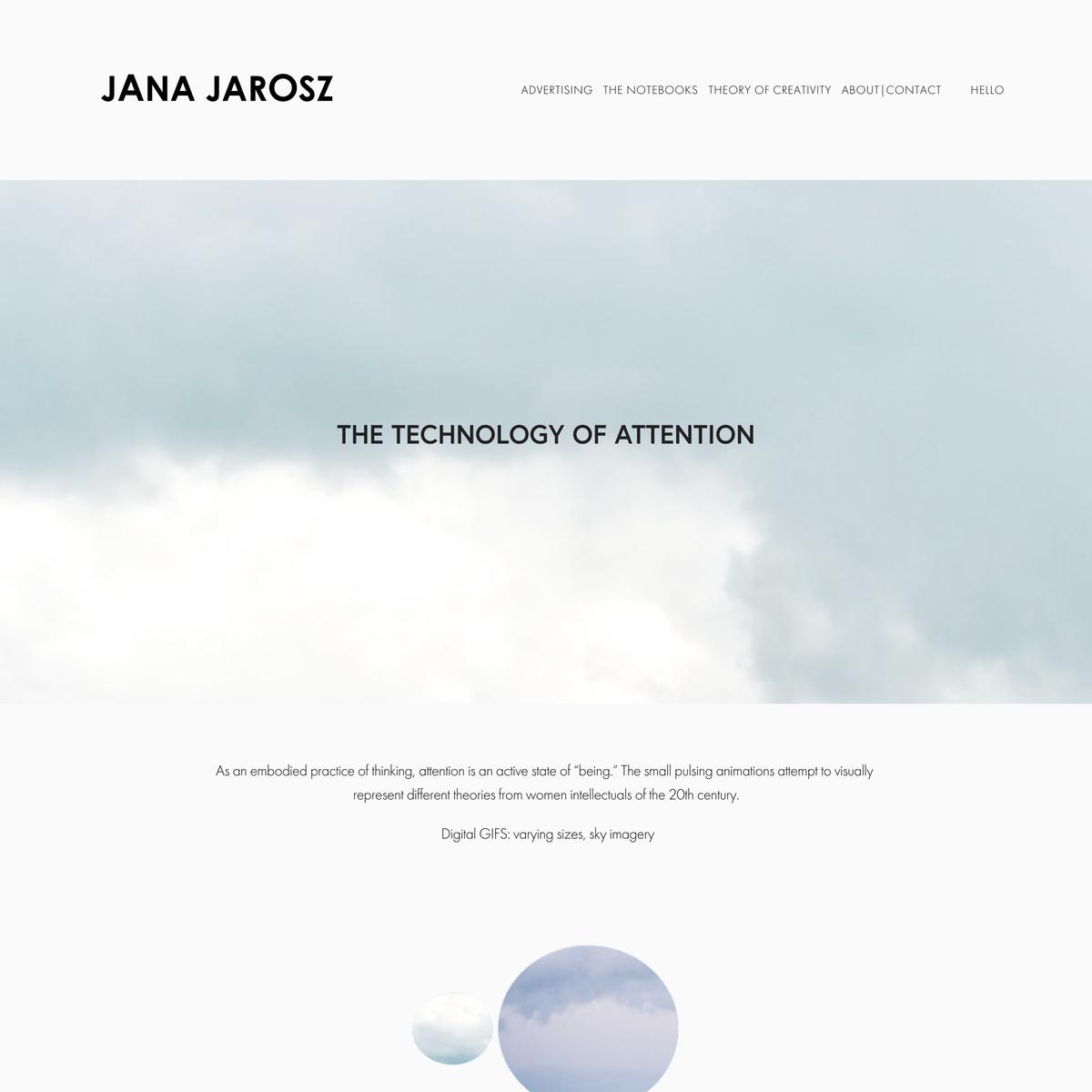


A single click of a mouse sets off a chain reaction and sends a signal to mining farms around the world, which go on to have a footprint of 35 kWh for an ‘average’ transaction, with emissions of close to 20 KgCO2 for that single mouse click [...] An ETH transaction is thousands times more costly than other internet activities that individuals typically engage in. [...] Transactions relating to NFTs however, have more complexities involved.
[...]
A single NFT can involve dozens of transactions, and potentially more. These include minting, bidding, cancelling, sales and transfer of ownership.
[...]
This single NFT’s footprint is equivalent to a EU resident’s total electric power consumption for more than a month, with emissions equivalent to driving for 1000Km, or flying for 2 hours.
A single click of a mouse sets off a chain reaction and sends a signal to mining farms around the world, which go on to have a footprint of 35 kWh for an ‘average’ transaction, with emissions of close to 20 KgCO2 for that single mouse click [...] An ETH transaction is thousands times more costly than other internet activities that individuals typically engage in. [...] Transactions relating to NFTs however, have more complexities involved.
[...]
A single NFT can involve dozens of transactions, and potentially more. These include minting, bidding, cancelling, sales and transfer of ownership.
[...]
This single NFT’s footprint is equivalent to a EU resident’s total electric power consumption for more than a month, with emissions equivalent to driving for 1000Km, or flying for 2 hours.
A single click of a mouse sets off a chain reaction and sends a signal to mining farms around the world, which go on to have a footprint of 35 kWh for an ‘average’ transaction, with emissions of close to 20 KgCO2 for that single mouse click [...] An ETH transaction is thousands times more costly than other internet activities that individuals typically engage in. [...] Transactions relating to NFTs however, have more complexities involved.
[...]
A single NFT can involve dozens of transactions, and potentially more. These include minting, bidding, cancelling, sales and transfer of ownership.
[...]
This single NFT’s footprint is equivalent to a EU resident’s total electric power consumption for more than a month, with emissions equivalent to driving for 1000Km, or flying for 2 hours.